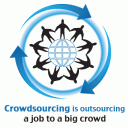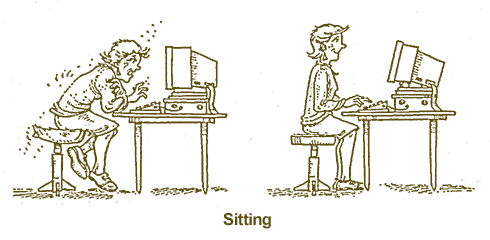 Crowdsourcing or the use of a volunteer group to work asynchronously through the web to design something or solve a problem for free or a prize is an important new production model. It offers a unique position on a number of hard cognitive design problems like how to optimize the match between individual motivation and organizational task requirements.
Crowdsourcing or the use of a volunteer group to work asynchronously through the web to design something or solve a problem for free or a prize is an important new production model. It offers a unique position on a number of hard cognitive design problems like how to optimize the match between individual motivation and organizational task requirements.
Answer – don’t try let highly motivated people self-select.
It is a radical and disruptive model – first we insource, then we outsource, eventually we offshore and now we crowdsource. The field of design should be especially open to this type of approach. Fast Company disagrees. They have a recent blog post arguing that when it comes to design, Crowdsourcing is a one-way ticket to blah. Further, they reference an earlier article where there was considerable professional backlash against a firm that used crowdsourcing to do logo design:
”To create a logo for the electric motorcycle start-up Brammo, they’re crowdsourcing the design, for a reward of $1000. The winner will be announced in six days, and over 700 people have submitted work. But no matter: To many professional designers, so-called “spec” assignments–that is, exploratory work, done for free–is taboo. Many designers think it undercuts them, and denigrates the profession.”
Yikes. No matter, crowdsourcing will continue to grow. It has produced breathtaking results in many others instances. Our time in design will come. Ironically, it is just a matter of good design, of the crowdsourcing architecture that it.












